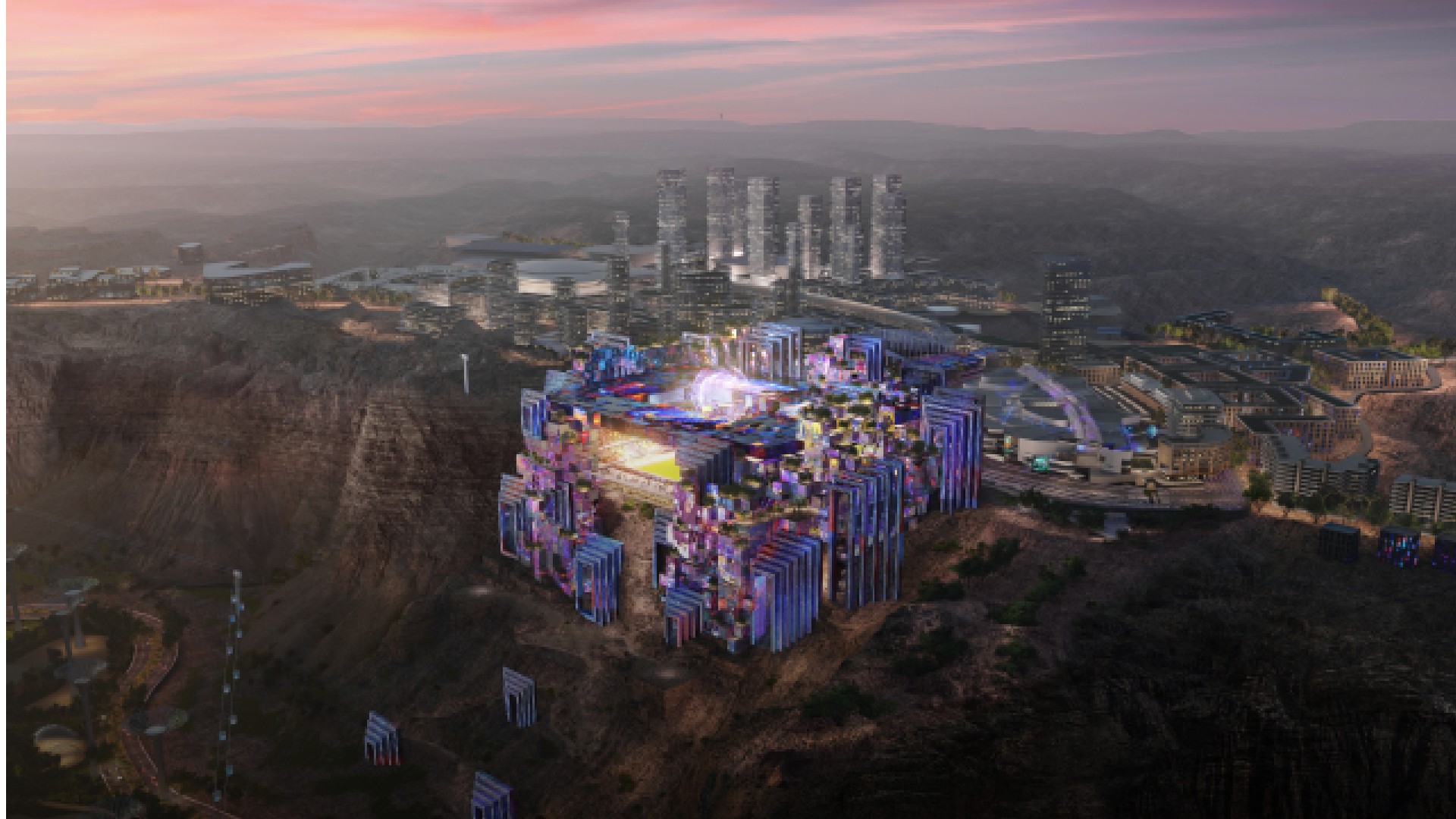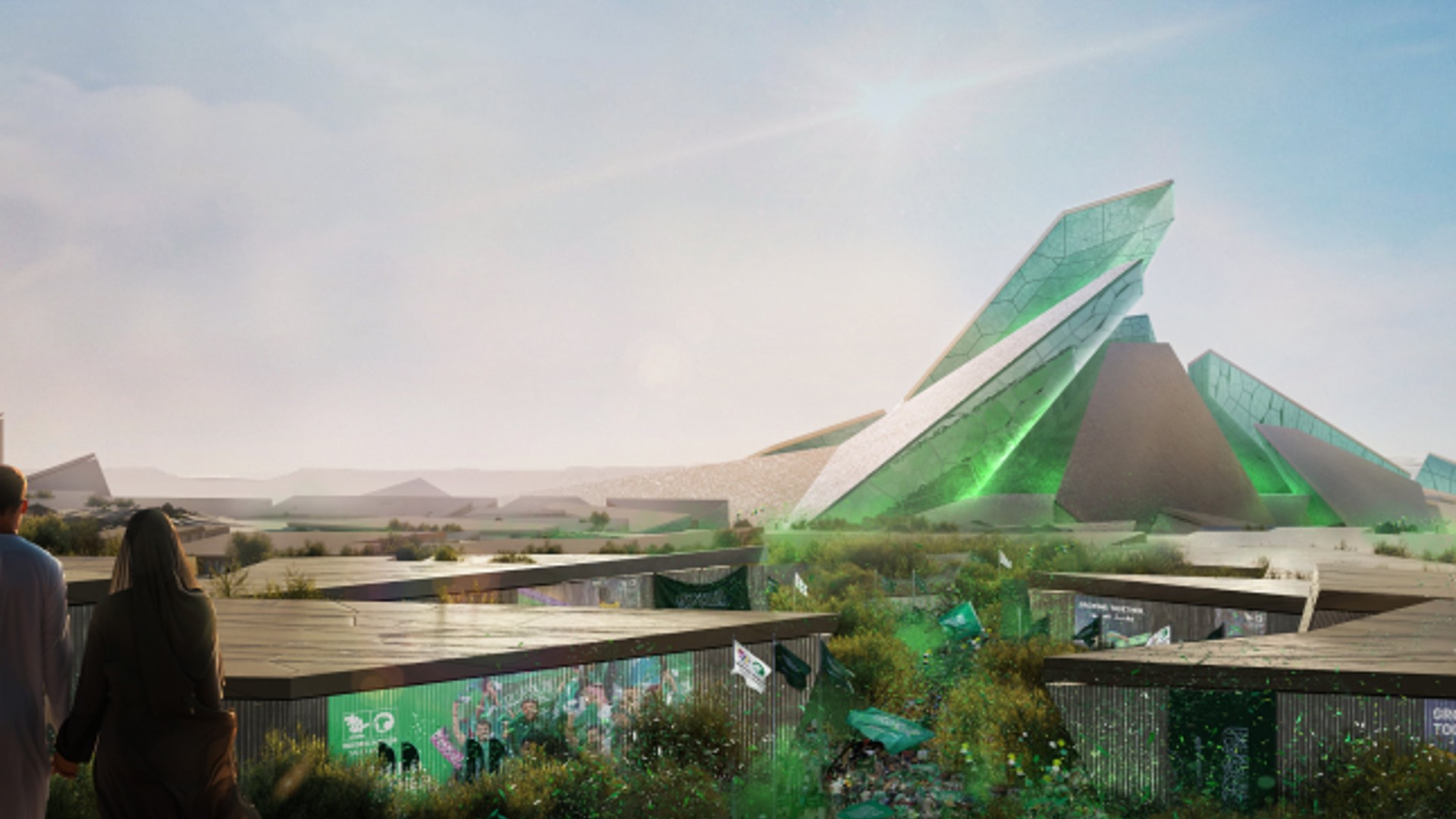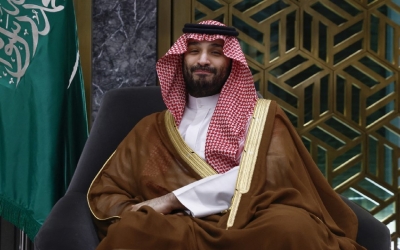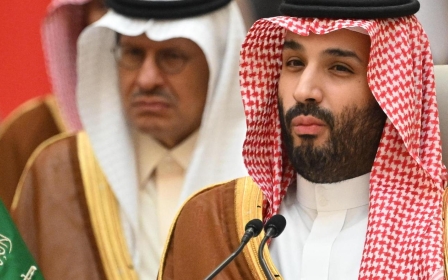Neom: Saudi Arabia unveils lavish stadium plans in ambitious World Cup 2034 bid
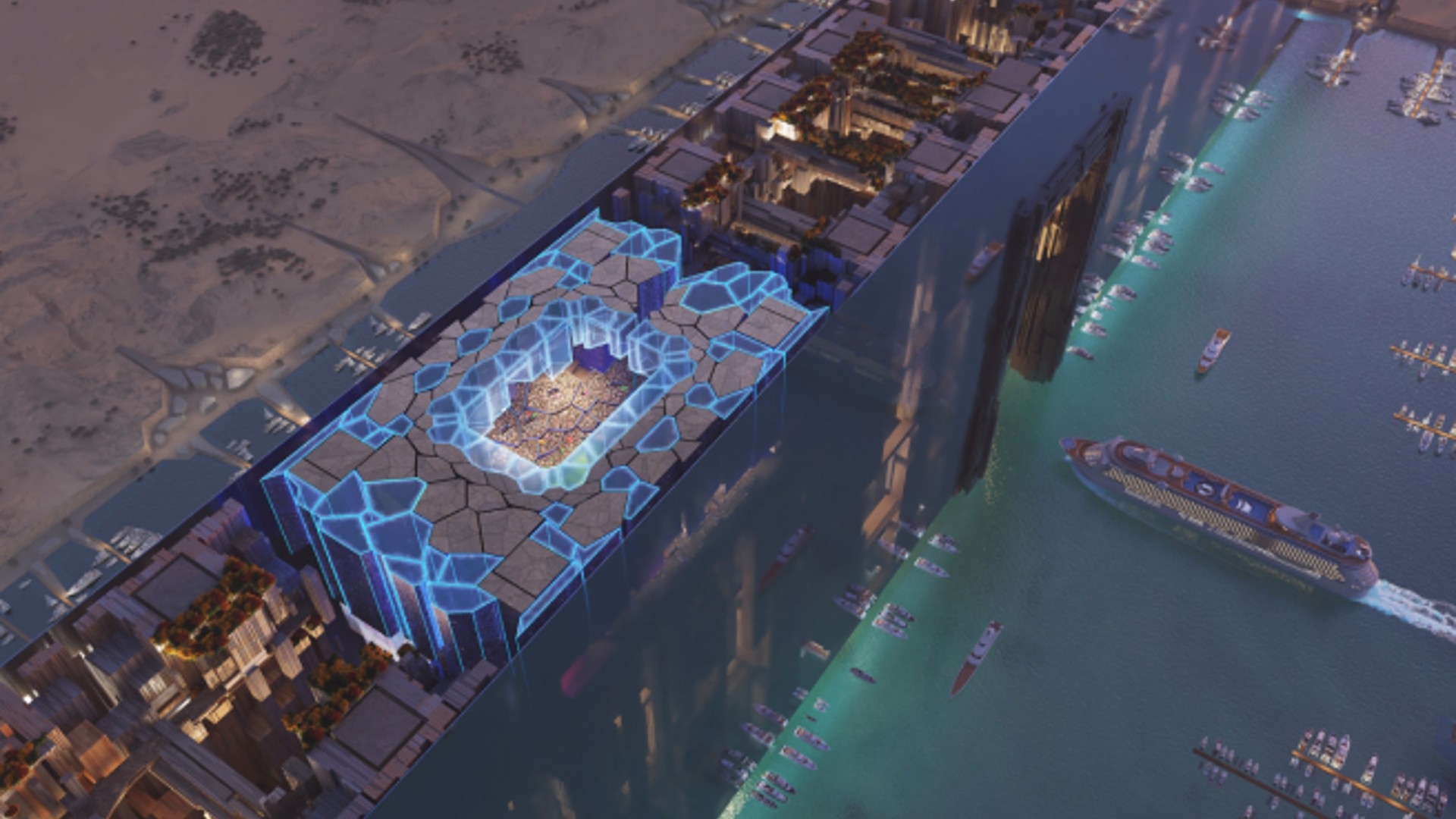
Saudi Arabia has unveiled its formal bid to stage the 2034 World Cup, which includes plans to build a stadium on a cliff edge and another 350 metres above ground level, inside a 170km straight-line city.
The kingdom is the only country bidding for Fifa's 2034 football tournament, so the bidding process is effectively a formality.
The bid, which was officially launched on Wednesday, revealed that the competition is set to take place in 15 stadiums across just five cities: Riyadh, Jeddah, al-Khobar, Abha and under-construction megacity Neom.
That’s in stark contrast to the upcoming World Cup in the US, Canada and Mexico, which will be spread across 16 cities.
Eight of the 15 stadiums will be in the Saudi capital, Riyadh, four in Jeddah, and one in each of al-Khobar, Abha and Neom.
New MEE newsletter: Jerusalem Dispatch
Sign up to get the latest insights and analysis on Israel-Palestine, alongside Turkey Unpacked and other MEE newsletters
Only four of the stadiums already exist, with 11 to be built over the next decade.
Among them is the Mohammed bin Salman Stadium, named after the Saudi crown prince, which will be built along the Tuwaiq cliffs in Riyadh.
The stadium's materials will include “iridescent glass and shimmering metal”, to contribute to a “futuristic aesthetic”.
Another new arena in the capital, Roshn Stadium, will be built in a “crystalline” structure that will “glow in the night sky”.
The New Murabba Stadium, built in a newly developed area of Riyadh, will be another architecturally challenging structure that “replicates the texture of the bark of the native Acacia tree”.
It is being constructed in an area which will house the Mukaab, a controversial, cube-shaped development which critics have mocked for its similarity to the Kaaba in Mecca.
Elsewhere, Neom Stadium will be built inside the new $500bn megacity of the same name in northwest Saudi Arabia. The venue will be built within The Line, a 170km city due to be built in a straight line.
The stadium is designed to stand 350 metres above the ground. It will run entirely on renewable energy, generated primarily from wind and solar sources, “marking a historic shift in stadium design, globally”.
The 2034 World Cup would prioritise sustainability and minimise environmental impacts, according to the official bid document.
Given that pledge, the name "Aramco Stadium" for the sole stadium in al-Khobar was a curious choice. The venue is to be named after the Saudi energy giant, which is the world’s largest greenhouse gas emitter.
In addition to the 11 new stadiums, 73 new training facilities will be built. Ten more cities, on top of the host cities, will be the base for training camps. The project is being described as one of the most expensive sports construction projects in history.
Little detail was given about who would construct the stadiums and new infrastructure. It is highly likely, as with the previous World Cup held in the Gulf, in Qatar two years ago, to fall to migrant labourers.
The bid included a 28-page document on Saudi Arabia's human rights strategy in connection with the 2034 tournament, which covered labour rights, anti-discrimination, accessibility, safeguarding and security.
Campaigners have long raised concerns about the kingdom using major events to "sportswash" its international reputation and much-maligned human rights record.
Neom, one of the host cities, is being built in the Tabuk province, where the government has been accused of forcibly displacing members of the Howeitat tribe, who have lived there for centuries.
At least 47 members of the tribe have been arrested or detained for resisting eviction, including five who have been sentenced to death, according to a report by the UK-based Alqst rights group.
Middle East Eye delivers independent and unrivalled coverage and analysis of the Middle East, North Africa and beyond. To learn more about republishing this content and the associated fees, please fill out this form. More about MEE can be found here.


